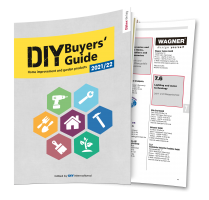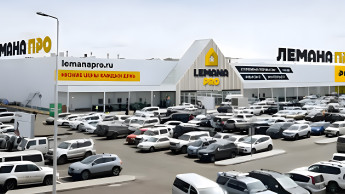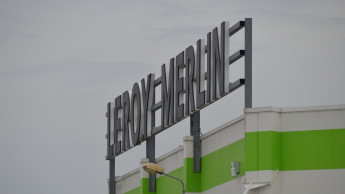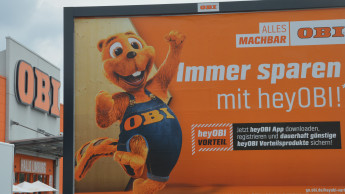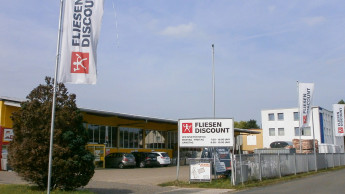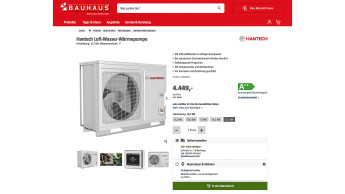
deep insights, facts & figures
25.07.2012
Big box or small format? International companies or nationwide chains? DIY or building materials? Real stores or online shops? Some of the current tendencies in Russia
The big-box trading formats are among the winners in the Russian DIY market. Indeed, the market share of the three best-performing chains, Leroy Merlin, Obi and Castorama, all of them retailers from abroad, amounted to almost 15 per cent at the latest count. The top ten together come to 24 per cent. However, since suitable sites are already becoming few and far between, there is also a counter-movement towards smaller formats. There are five international companies among the 40 biggest DIY retailers. Six dealers are classified as federal companies, which means they operate in more than three federal areas. Activities on a nationwide scale are run by 15 DIY companies; these operate in more than two regions, but in no more than two federal areas. Finally there are the local companies, 14 in number. The nationwide chains notched up the greatest amount of growth in floorspace last year, with an increase of 19.2 per cent. The international DIY chains gained 15.1 per cent more retail area, and the federal Russian DIY retailers were 14.8 per cent up. The building materials sector in Russia continues to be extremely interesting. This can best be observed in the north-west of the country. According to Rosstat, retail sales of around RUB 306 bn were achieved in Russia in 2010, with about one-tenth of the total coming from the north-west and four per cent from St Petersburg alone. This product range is dominated by the local companies, with the exception of K-Rauta. Internet trading is experiencing an upturn, with a total count of 24 fully functioning online shops at present. Petrovitch, for example, already makes two per cent of its sales on the net and intends to achieve an online quota of up to 20 per cent within two years.The Russian DIY market is rated as Europe’s most dynamic. Growth in 2011 is estimated by Infoline, a market research company, at 20 per cent on a volume of RUB 770 bn. EDRA’s calculations show a like-for-like increase of 15 per cent. Following a deluge of openings amounting to 33 new stores, Metrika has overtaken Obi, a German chain that brought only one new store into operation, in the ranking by sales area. However, Obi is still ranked in second place in terms of sales. Another reason for Metrika’s advance is that it has introduced a new, space-intensive building store format. Market leader Leroy Merlin (Groupe Adeo, France) opened two new stores, the same as K-Rauta (Kesko, Finland). Castorama, another company from France but part of the British Kingfisher Group and third-largest operator in Russia, reported four openings. These include one relatively small store with a sales area of only 5 500 m². This is an indication of the sector’s fundamental problem: building sites are becoming scarce in the big cities. Russian retailers have also been developing smaller formats, especially in the north-west of the country. They were able to conclude the year 2011 successfully because they had taken advantage of the financial crisis to close down unprofitable outlets.
Related articles
Read also

 Menü
Menü





